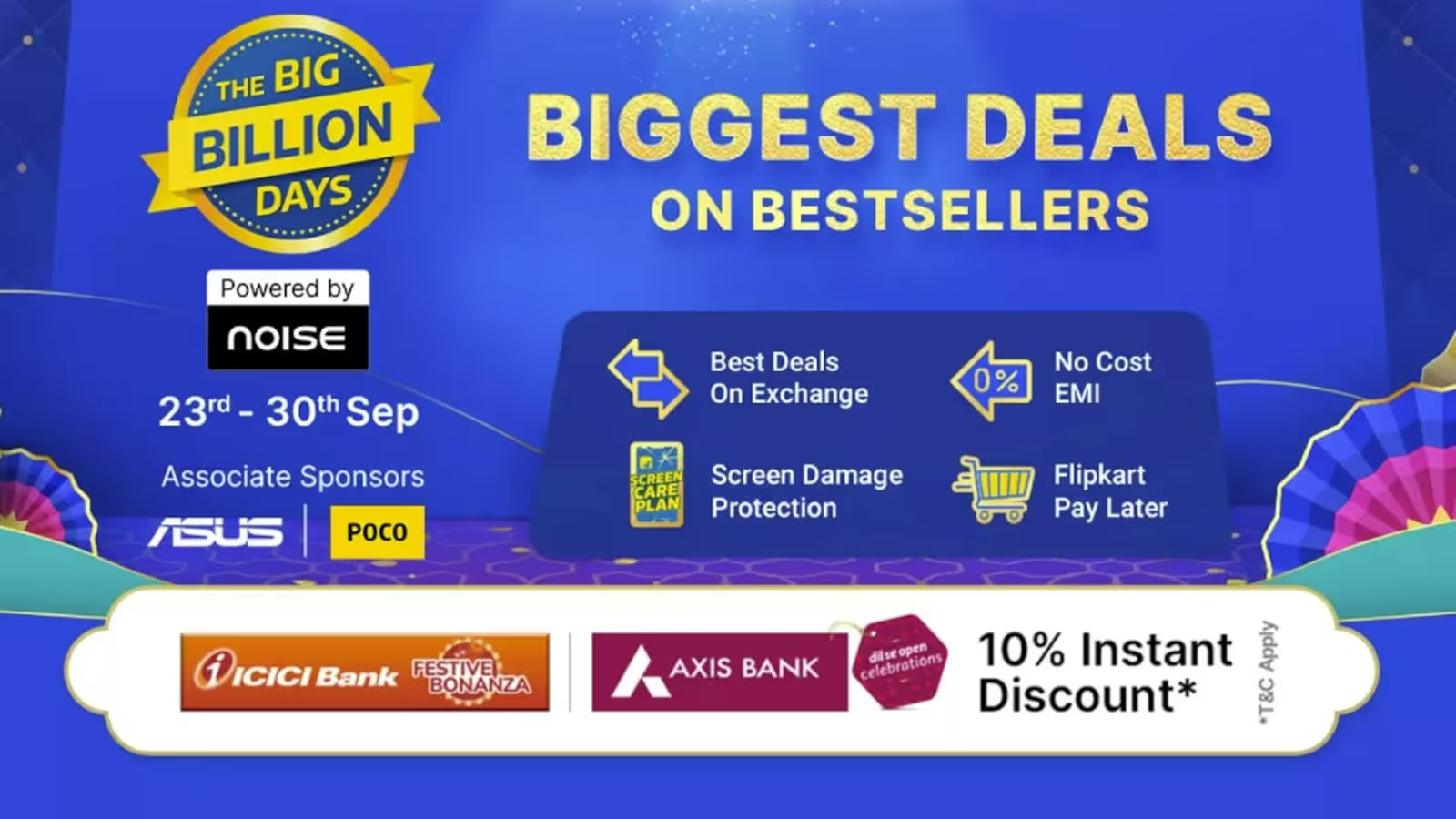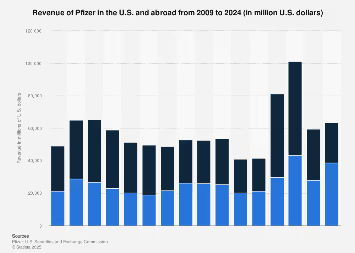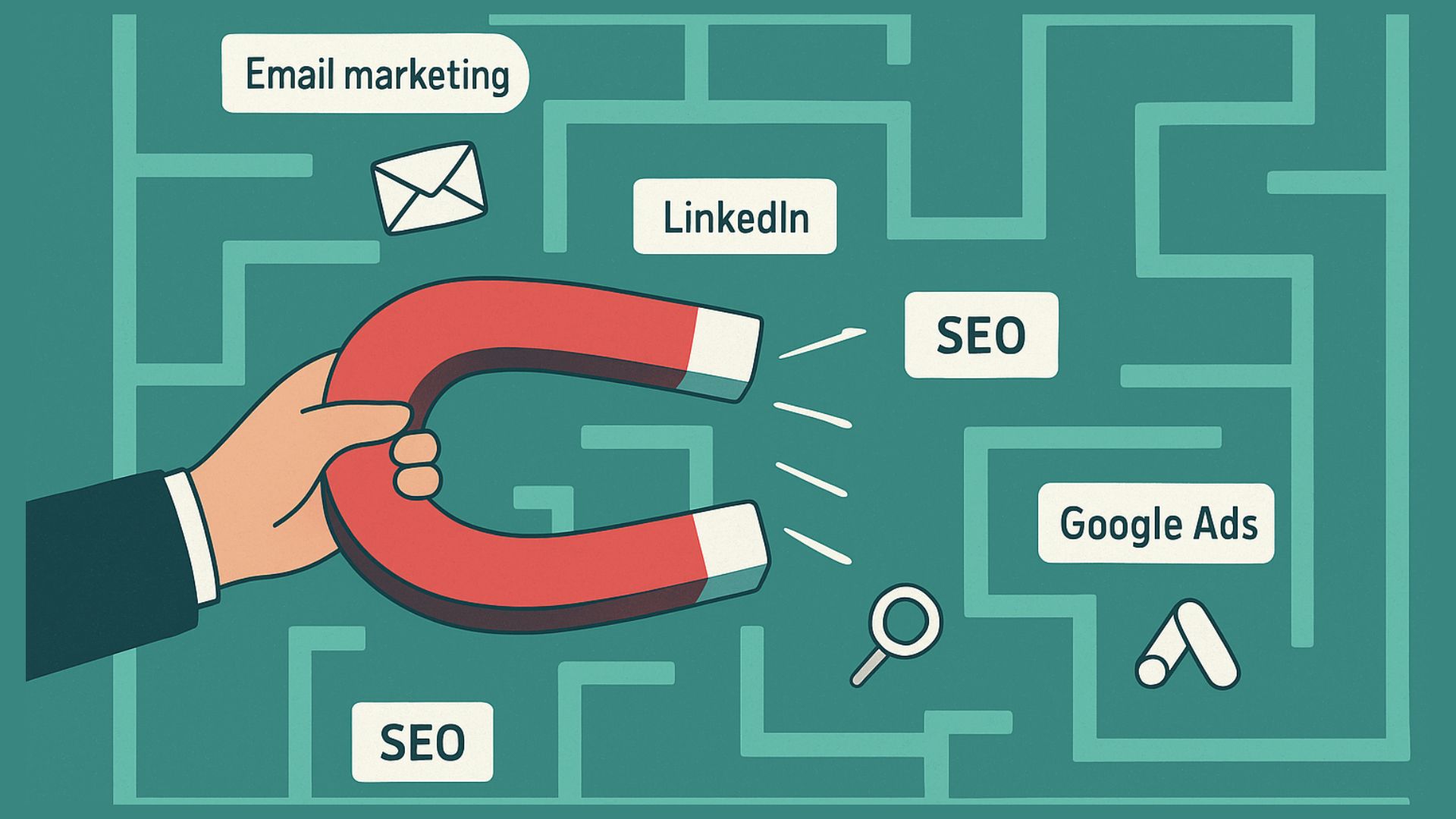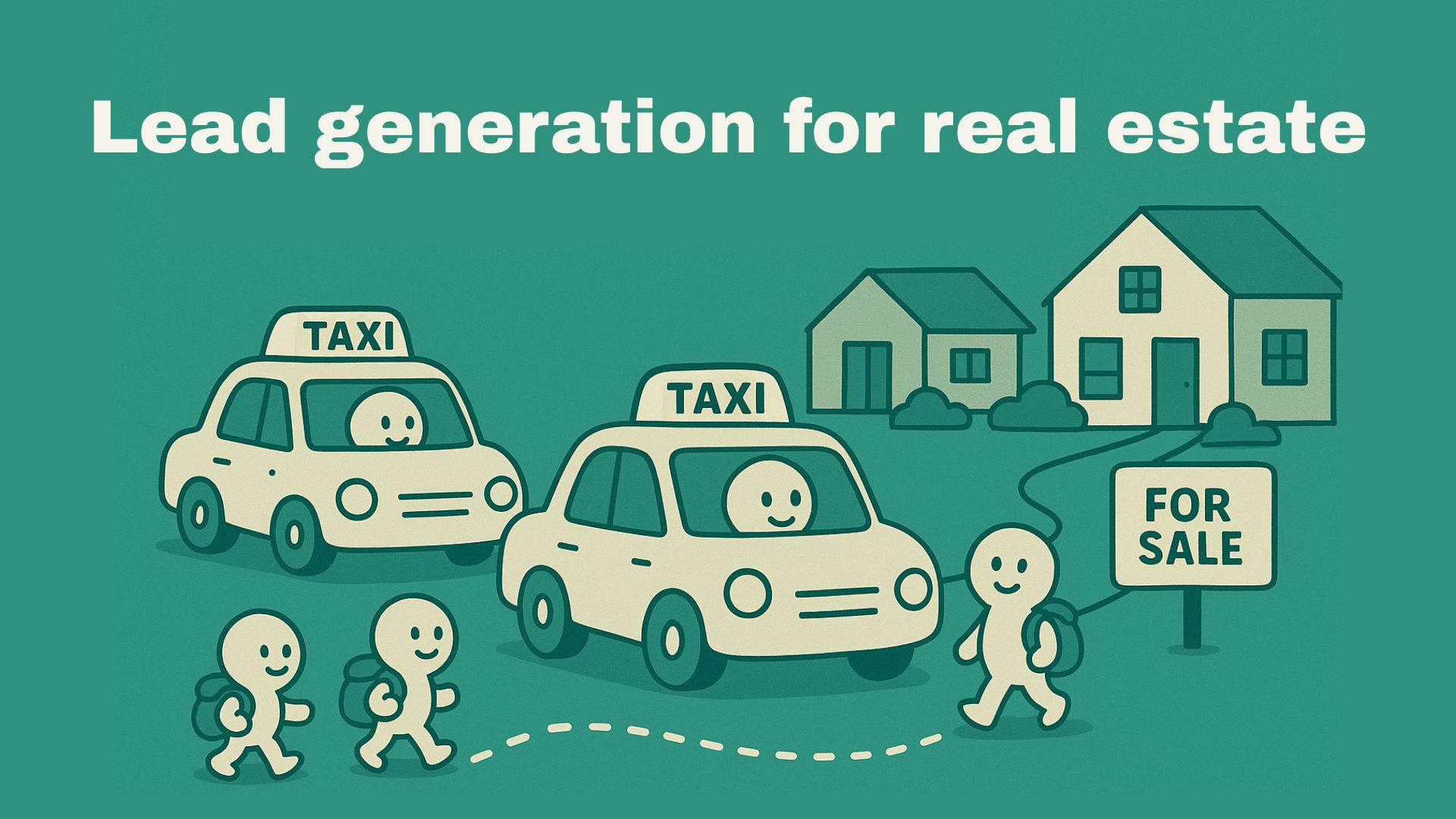

Sales orientation and sales oriented reps are like Jordan Belfort in The Wolf of Wall Street: persuasive, relentless, and focused on closing the deal. Just, you know, minus the questionable ethics.
Intrigued? This blog post on how sales orientation shapes sales strategies and impacts business incomes is for you. Let’s begin learning!
What is sales orientation?
Basically, they prioritize selling above all else, and follow it as their principle of generating revenue for the company.
Key traits of this approach often include high sales pressure, an assumption that they sell to an open market and everyone is a prospect, high-focus on short term deals, and minimal market research.
The most important thing to remember about sales orientation is that it absolutely de-emphasizes customer desires. A market oriented company spends time learning about its target market, possible pain points, and delivers a solution.
Sales orientation vs Other business philosophies
👾 It’s also important to note that companies don’t necessarily have to be all or nothing. They can adopt whatever strategy is favorable which fits the requirement.
If you are starting off as a sales executive, understanding these distinctions helps recognize when a sales-oriented push fits strategy - and when it should be balanced with other approaches.
How does sales orientation shape a business’s sales strategies?
👊 Outbound intensity and quick closures
Sales-oriented organizations pour resources into outbound promotions, events, and direct outreach like high-frequency cold calls and emails. The focus is on immediate lead generation and fast closures, often with limited personalization.
Typical tactics include flash deals, countdown offers, and persuasive objection handling, all designed to nudge prospects into quick decisions. Sales cycles are deliberately kept short, and reps are incentivized on volume over long-term relationship building.
⚠️ The trade-off:
This approach can spike short-term conversions but risks higher unsubscribe rates, lead burnout, and lower customer trust if overused.
⌛️ Short term focus
Targets are often planned only for a month or quarter. They are short term and ambitious and the sales team pushes really hard to achieve them.
As a result, activities that generate quick cash (e.g. clearing out inventory, hitting monthly quotas) get priority, sometimes at the expense of building future demand.
💪 Strong emphasis on persuasion and objection handling
By now, you must have understood how important selling is according to this model. As a sales executive, you will be trained to handle objections efficiently, use call scripts and counter rejections.
For example
Insurance firms like LIC or AIA often train agents with robust objection-handling scripts to counter reluctance:
"I already have insurance." → "That's great! But is your current policy giving you future-ready coverage?"
⚠️ The trade-off
Sometimes, this can feel manipulative and lead to buyer’s remorse, especially when customers are pushed into decisions.

🏷️ Push for fast decision-making and discounts
As discussed above, flash deals, heavy discounts, and limited-time offers are trademarks of this model.
“Only 2 seats left at this price!” - a classic sales FOMO.
This works best in fast-moving consumer deals, B2C products, and travel/hospitality.

💡 A sales-oriented strategy works well when:
You're launching a new product and need quick adoption
Operating in low-differentiation markets (e.g., FMCG, real estate)
Products are transactional, not relationship-driven
👎 When it fails:
In consultative sales where customers need time, information and trust to decide
Subscription-based sales where retention is more valuable than one-off sale
Pros and cons of sales orientation
How does it impact business outcomes?
🆚 Short term vs long term revenue
Sales orientation often delivers immediate wins but struggles with sustainable growth. Why?
Because modern buyers are more informed, expect more transparency, and value relationships. Pushing a product too hard can create buyer’s remorse, poor reviews, and lost future business.
In fact, Bain & Company found that by improving customer retention by just 5%, a company’s profits can shoot up by 95%. Sentiment.io also shows that companies that are customer oriented grow revenue 4-8% faster than those who follow a purely sales oriented approach.
👓 Brand perception
How customers feel about your brand is important. When you push too many products, and run discounts for the most part, it can blur the lines of trust and credibility.
You should also keep in mind that sending out promotional emails on a daily basis can get annoying, only driving people to unsubscribe.
Overall, sales orientation executed without caution can damage brand image and eventually hurt referral, lifetime value, and also impact sales. To maintain a balanced outcome, ensure that your product is of high quality, well-priced, and follows ethical practices.
Industry examples
⚙️ Technology (fintech & B2B solutions)
Fintech companies like Square ((mobile payment readers) used aggressive outreach and demos to convince customers and onboard them quickly. They created quality products, often bundled them and presented their use cases to customers, helping them create a major breakthrough in the market.
🛍️ Retail & B2C E-Commerce
Online retailers are classic examples of sales driven industries. Customers easily compare prices and make impulse purchases.
Black friday is the perfect example of sales orientation where stores slash prices to dirt cheap, creating urgency and attracting a crowd.
These industries rely on short sales cycles and prioritize customer acquisition over long-term loyalty.

⛑️ Healthcare, Pharma & Nutrition
These industries rely on field marketers who approach customers, explaining to them their offering and convincing them why their products are better than the rest available in the market.
Pfizer’s sales reps visit doctors and hospitals, presenting clinical data to convince them to prescribe their drugs. They also conduct seminars and webinars for healthcare professionals to explain the benefits of their products.

In all these cases, companies assume customers lack full knowledge, so they focus on persuasive selling and trust the sales skill of reps to close sales.
🧾 Insurance companies
The most apt example of sales orientation is the insurance industry. Most people don’t actively seek insurance so agents are trained to generate leads, and push different policies onto them.
State Farm, one of the largest insurance providers in the U.S, relies on a massive network of local agents using cold calling, referrals, and digital ads to get in touch with new customer base.
It’s only recently that carriers are waking up to long-term loyalty - until then, the industry model has been classic sales-driven selling.
Conclusion
As a sales executive, recognize pure-hard selling and its limits. Do not neglect customer focus. Selling is important, so is listening and building trust. Learn to track both sales KPIs and customer KPIs.
In short, push for products fully acknowledging that although revenue is important for a business, it is no use if your turnover is not consistent. And to achieve this consistency, blending sales and marketing approaches is one solution.
These are also ways to show your understanding of the market, take on new responsibilities, and carve for yourself a progressive career path wherever you go!
Heading text
Nunc sed faucibus bibendum feugiat sed interdum. Ipsum egestas condimentum mi massa. In tincidunt pharetra consectetur sed duis facilisis metus. Etiam egestas in nec sed et. Quis lobortis at sit dictum eget nibh tortor commodo cursus.
Odio felis sagittis, morbi feugiat tortor vitae feugiat fusce aliquet. Nam elementum urna nisi aliquet erat dolor enim. Ornare id morbi eget ipsum. Aliquam senectus neque ut id eget consectetur dictum. Donec posuere pharetra odio consequat scelerisque et, nunc tortor.
Nulla adipiscing erat a erat. Condimentum lorem posuere gravida enim posuere cursus diam.
.svg)

.avif)




